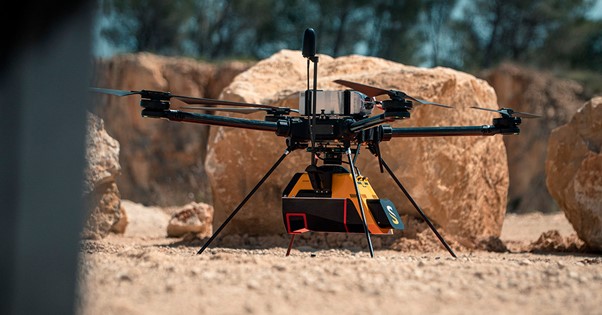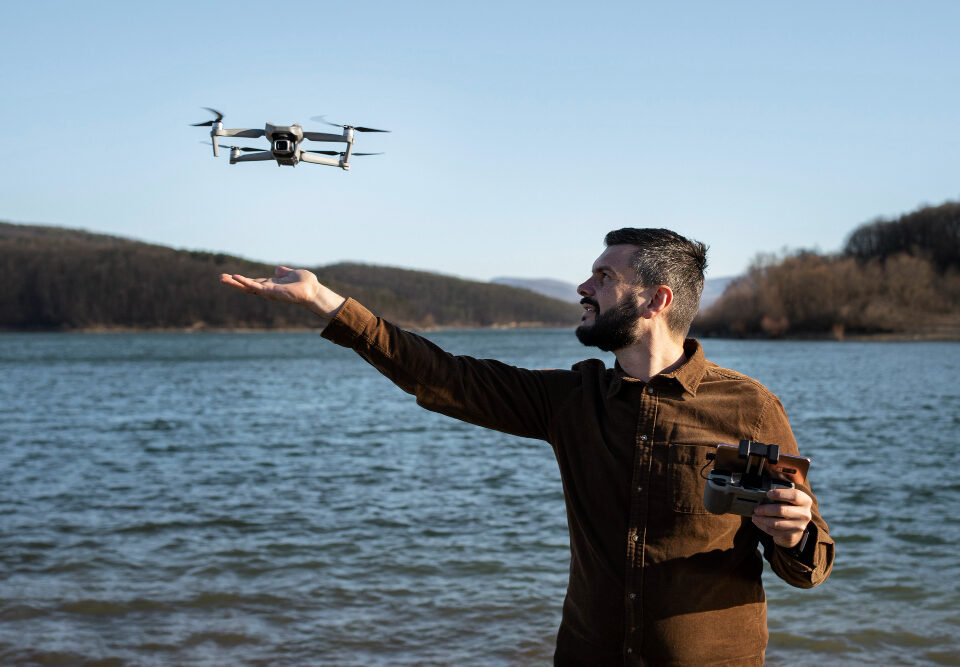Understanding LIDAR and its Impact on Drone Technology
LiDAR, which stands for Light Detection and Ranging, harnesses the power of laser technology to provide precise and accurate distance measurements. This advanced technique employs a variety of platforms, including aerial systems like Unmanned Aerial Vehicles (UAVs), aircraft, and ground-based systems. During the LiDAR process, highly sophisticated sensors emit rapid laser pulses toward the earth’s surface. These pulses travel at the speed of light and reflect to the sensor upon striking a target—vegetation, buildings, or the ground. By meticulously calculating the time it takes for the laser to return, these sensors can accurately determine the distance to the target. The ultimate result of this intricate process is a dense point cloud—a vast collection of spatially referenced points that, when processed and analyzed, collectively depict the detailed contours of the environment’s surface, revealing not only its topography but also the intricate features that reside within it.
This high-resolution data can be utilized for many applications, from mapping forest canopies and assessing landscape changes to modeling urban environments and conducting topographic surveys. LiDAR’s unique capabilities make it well-suited for exploring challenging terrains, such as dense forests or complex urban structures, where traditional survey techniques may fall short. As such, LiDAR holds a prominent position in various fields, including environmental studies, engineering, archaeology, and land management, providing invaluable insights into the natural and built environments that shape our world.
What Are The Advantages and Disadvantages of LIDAR?
The synergy between LiDAR technology and drones results in an impressive capability transcending superficial data collection. Exploring the workings of LiDAR on drones unveils a meticulous process characterized by precision, innovation, and adaptability. Despite the vast potential of LiDAR-equipped drones, they face specific challenges inherent to their distinctive combination. Here is a list of advantages and disadvantages of LIDAR:
Advantages
- Vibration Dampening: Cutting-edge stabilization systems and dampening mechanisms have been developed to mitigate drone vibrations. These innovations ensure the accuracy of LiDAR measurements, even during dynamic flight scenarios.
- Miniaturization and Efficiency: Ongoing innovations aimed at reducing the size of LiDAR sensors have resulted in compact and lightweight options with decreased power requirements. This allows for seamless integration into drones without compromising their overall performance.
- Real-Time Data Processing: The progression of onboard data processing technology enables LiDAR-equipped drones to analyze data in real time. This capability enhances data acquisition efficiency and reduces the need for extensive post-flight processing.
- Integration with Other Sensors: Modern drones increasingly combine LiDAR with additional sensors, such as cameras and GNSS systems, to improve data accuracy and enhance spatial awareness. This integration provides a comprehensive understanding of the environment.
- Advanced Flight Planning: Drone software has been enhanced to include flight planning specific to LiDAR operations. This facilitates optimized flight paths, altitude adjustments, and overlap configurations to maximize data coverage and quality.
Disadvantages
- Vibration and Stability: Drones operate as dynamic platforms and are exposed to various vibrations and movements, adversely affecting LiDAR measurements and data accuracy. To mitigate this issue, it is essential to ensure that the equipment is stable and adequately calibrated.
- Payload and Power Management: Integrating LiDAR into drones requires carefully assessing payload capacity and power consumption. Some LiDAR systems may be sizeable and require significant energy, potentially affecting flight durations and maneuverability.
- Data Processing: LiDAR produces extensive data sets in point clouds. Converting this data into practical information demands substantial computational power and specialized software capabilities.
- Limited Range and Resolution: While drones can access hard-to-reach locations, their operational range and altitude can restrict the volume of LiDAR data collected and the detail attained. Addressing this limitation requires strategic planning of flight paths.




